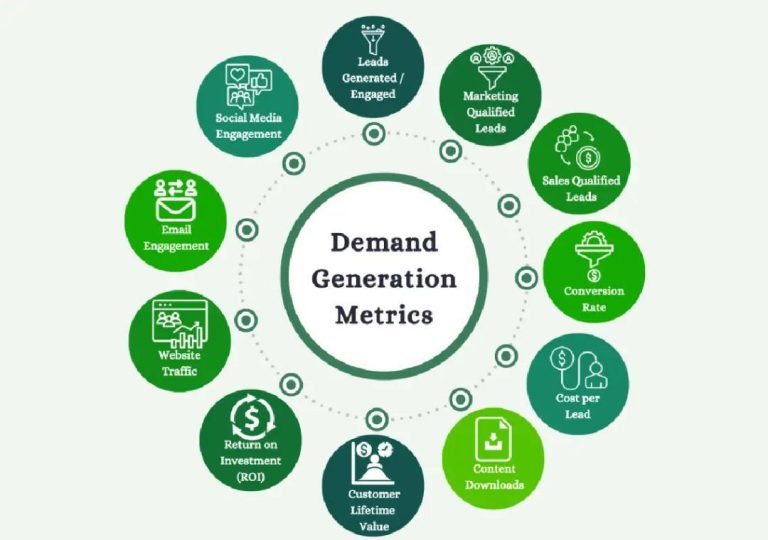
How Does 360° Marketing Maximise Brand Reach and Effectiveness?
In today’s digitally-driven world, businesses are constantly seeking innovative ways to increase their brand’s reach and effectiveness. One approach that has gained significant attention in recent years is 360° marketing, also known as omnichannel marketing. By casting a wider net through multiple digital channels such as social media, email, search engines, and content platforms, businesses can tap into a more diverse and expansive audience base. This multi-channel approach not only boosts visibility but also ensures that brands are present wherever their potential customers are most active.
So, how does 360° marketing maximise brand reach and effectiveness? Let’s dive into the details.
What is 360° Marketing?
360° marketing refers to a marketing strategy that involves creating and distributing content across multiple digital channels to reach a wider audience. This approach acknowledges that customers are no longer limited to a single source of information, such as print media or television, and instead use a variety of digital channels to gather information and make purchasing decisions.
Benefits of 360° Marketing
- Increased Reach: By using multiple digital channels, businesses can reach a wider audience and increase their brand’s visibility. This is particularly important for businesses that operate in competitive industries where standing out from the competition is crucial.
- Improved Engagement: 360° marketing allows businesses to engage with customers across multiple touchpoints, increasing the chances of converting leads into sales.
- Enhanced Customer Experience: By providing a seamless and consistent brand experience across all digital channels, businesses can build trust and loyalty with their customers.
- Better Data Insights: 360° marketing provides businesses with valuable data insights into customer behavior and preferences, enabling them to make data-driven marketing decisions.
Key Components of 360° Marketing
- Social Media: Social media platforms such as Facebook, Twitter, and Instagram are essential components of 360° marketing. Businesses can use social media to share content, engage with customers, and build brand awareness.
- Email Marketing: Email marketing is another key component of 360° marketing. Businesses can use email marketing campaigns to nurture leads and build relationships with customers.
- Search Engine Optimization (SEO): SEO is critical for businesses that want to increase their online visibility. By optimising their website and content for search engines, businesses can attract organic traffic and drive conversions.
- Content Marketing: Content marketing involves creating and distributing valuable, relevant, and consistent content to attract and retain a clearly defined audience. This can include blog posts, videos, podcasts, and more.
- Influencer Marketing: Influencer marketing involves partnering with influencers who have a large following on social media. Influencers can help businesses reach a wider audience and build brand awareness.
Best Practices for Implementing 360° Marketing
- Define Your Target Audience: Understanding your target audience is crucial for implementing an effective 360° marketing strategy. Identify your target audience’s demographics, interests, and behaviors to create targeted content and campaigns.
- Develop a Content Strategy: Develop a content strategy that aligns with your business goals and target audience. This can include creating a content calendar, identifying key themes and topics, and selecting the right channels to distribute your content.
- Measure and Analyze Performance: Measure and analyze the performance of your 360° marketing campaigns to identify what’s working and what’s not. Use data insights to refine your strategy and improve results.
- Integrate Your Channels: Integrate your digital channels to create a seamless and consistent brand experience. This can include synchronising social media content, email marketing campaigns, and SEO efforts.
- Use Technology to Your Advantage: Use technology to streamline your 360° marketing efforts and improve efficiency. This can include using marketing automation tools, customer relationship management (CRM) software, and project management tools.
Conclusion
360° marketing is a powerful marketing strategy that can help businesses maximise their brand reach and effectiveness. By using multiple digital channels, businesses can increase their visibility, improve engagement, and enhance the customer experience. By following the best practices outlined in this article, businesses can implement an effective 360° marketing strategy that drives results and helps them achieve their marketing goals.
News Source:
https://www.growthjockey.com/blogs/360-digital-marketing-strategies






